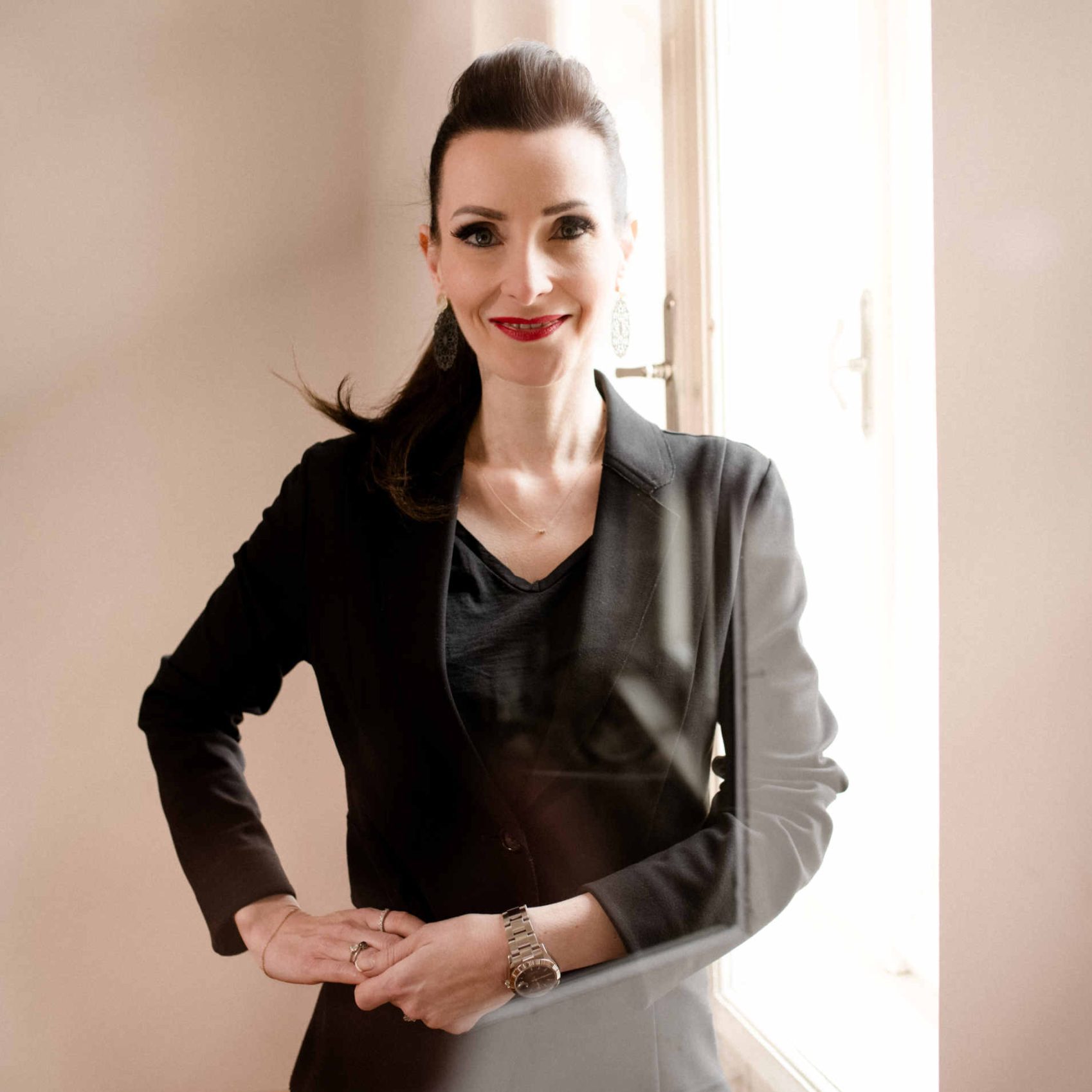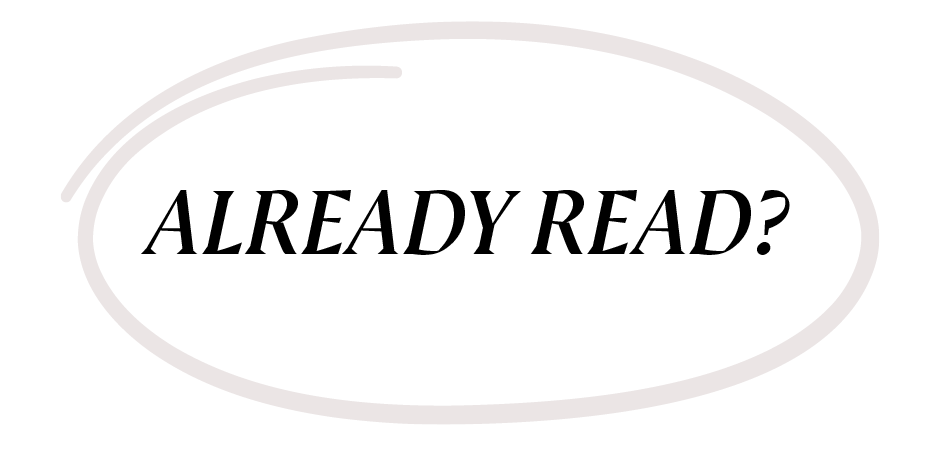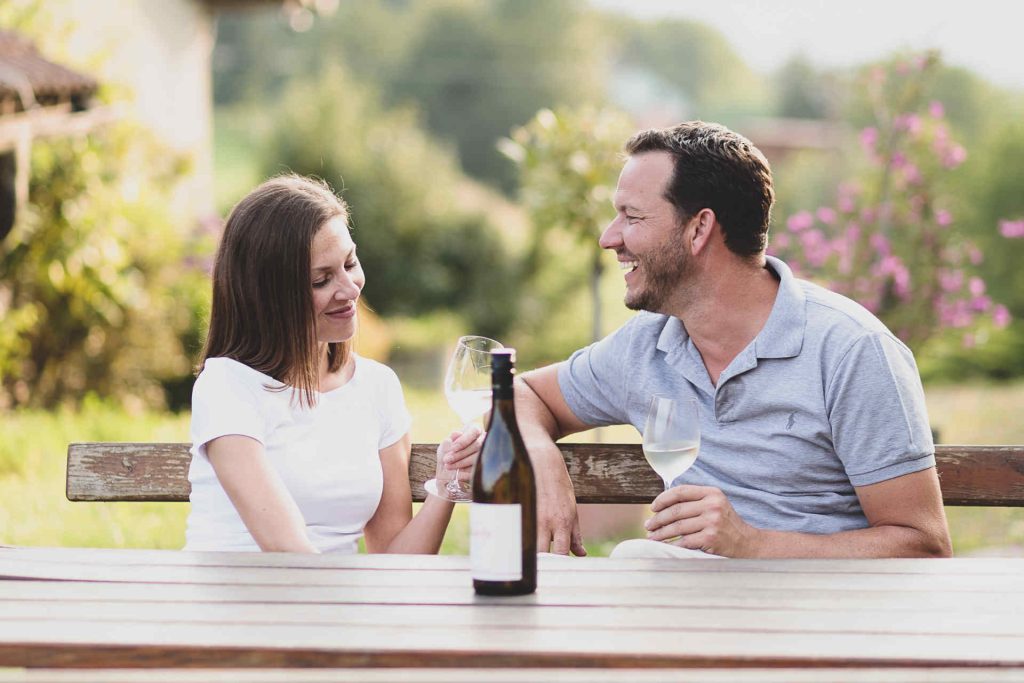
Light wines are not just a summer fad. They are a response to mindful drinking, all-day dining, office lunches, after-work and fine casual concepts – especially from September onwards, when kitchens switch to forest, mushrooms, pumpkin and roots and guests want to enjoy their food more consciously.
Genusspunkt shows how “light” works without losing depth, which service rules ensure sales – and how three specific wines can immediately create curated experiences on the wine list.
An extravagantly developed Welschriesling that delivers freshness and drinkability—at only 10.5% ABV and offering excellent value for money.
Profile
Serving & pairing
Added value
Facts at a glance
Sommelier note: Communicate values, not promises – e.g., “extra dry: 1.8 g/l RS.” Avoid health claims; instead, cite objective parameters.
Skin-contact Muskateller with 7 days of maceration, 15 months on fine lees in used 300-liter wood, unfiltered, vegan. Only 798 bottles – a story and a rarity.
Profile
Service & Pairing
Added value on the menu
Sommelier note: Explain why orange/skin contact: “Aromatics + texture that carry spice cuisine & vegetables – without weight.”
A purist Zweigelt from loess, briefly macerated, then stored in steel tanks without skins, unfiltered—with minimal tannins. Designed to be served at 4–6 °C. Price: €9.50 (online).
Profile
Service & Pairing
Menu added value
Today, “light” means precise, textured, suitable for everyday use – and economically smart. With clear service rituals, measurable parameters, and signature serves, you can turn three styles into year-round experiences:
This makes “light” the starting point—not the end point—of a menu that captivates guests and elegantly extends sales.

Imola is much more than just a race track: the city combines top-class cuisine, cultural monuments, and traditional producers to create an experience that delights connoisseurs, Italy fans, and curious travelers alike. From 2-star gastronomy at Ristorante San Domenico to creative pizza experiences and slow food osterie to historic libraries, palazzi, and award-winning wineries: this guide shows you the best places for cuisine, culture, and shopping—authentic, high-quality, and with real added value for your next visit to Imola.
The two-star Berlin restaurant Horváth returns to Vienna in early 2026 with an exclusive pop-up, presenting an uncompromising new menu based on “emancipated vegetable cuisine.” For two weeks, Sebastian and Jeannine Frank’s team will take over the Herzig restaurant and serve a 7-course menu that shows how innovative, precise, and luxurious vegetables can be today. A culinary highlight for foodies, fine dining fans, and anyone who doesn’t want to miss Austria’s most exciting pop-up experience of 2026.
This time, Sebastian Frank is taking an even more uncompromising approach, with a new menu and a clear message: vegetables can be luxurious – even without caviar.
With the opening of its new distillery in Mosbach, Aromahopping is sending a strong signal about the future of artisanal spirits. Between extraordinary gin compositions, creative tastings, and a high-caliber supporting program, it became clear what makes the Odenwald brand so special: attention to detail, curiosity about new flavors, and a passion for honest craftsmanship.


Light wines are not just a summer fad. They are a response to mindful drinking, all-day dining, office lunches, after-work and fine casual concepts – especially from September onwards, when kitchens switch to forest, mushrooms, pumpkin and roots and guests want to enjoy their food more consciously.
Genusspunkt shows how “light” works without losing depth, which service rules ensure sales – and how three specific wines can immediately create curated experiences on the wine list.